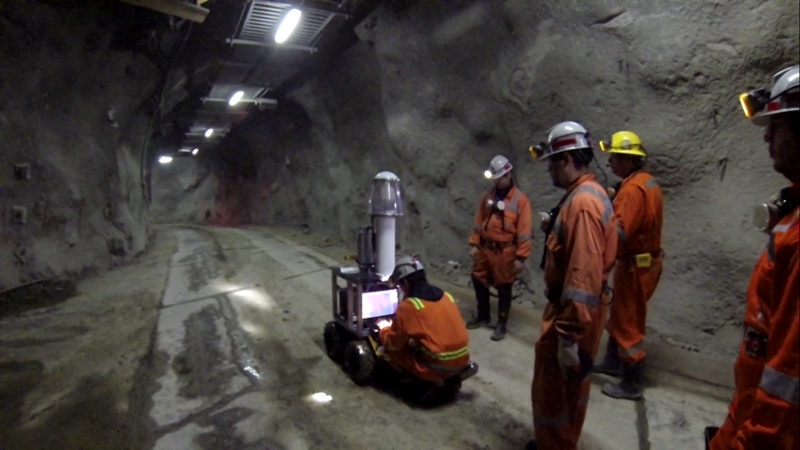According to a report by Chile-based Business News Americas, Chilean development agency Corfo has opened a national centre for piloting mining technologies, dubbed CNP. The report by the news agency’s Tania Herrera says the centre aims to provide the mining industry, specifically service providers, with high specialisation in validation of technologies, access to industrial-scale testing spaces, and advice on technology ramp-up.
Corfo is co-funding the initiative with $13.2 million over the next ten years through a program called Strengthening and Creation of Technological Abilities for Innovation. Another similar amount will come from partners like Ecometales, ENAMI, Minera San Pedro, Minera Valle Central, CodelcoTech, CI-JRI, JKTech and CIMM.
“The new technologies for mining will be evaluated under almost real-scale conditions with methodologies, capabilities, and technical skills that will allow the validation of innovative products, with high value and potential market,” the article quoted Leandro Voisin, Director of the Centre, as saying. Voisin added that the centre will provide a certification that is recognised in the mining ecosystem and accelerates the process of adoption of these new technologies in the market.
Four universities – Universidad de Chile, Universidad de Antofagasta, Universidad Católica, and Universidad Técnica Federico Santa María – and trade association Minnovex will help with R&D.
Executive director of Universidad de Chile’s advanced mining technology center Javier Ruiz del Solar said: “One of the biggest barriers for Chilean mining technology providers is where they can test their technology. Usually they take their products to mining companies and these companies ask: Where has this technology been used before? And the suppliers say: it hasn’t been used by anyone, we are the first. And the companies say: Then come back when it’s been tested.”
Del Solar said that these testing and validating facilities are needed because providers and miners pay high prices to carry out technology tests under the current conditions. “It’s very expensive because you have to interrupt processes. Just imagine a technology for a SAG mill, it would mean to stop an entire SAG mill with thousands of dollars lost.”











